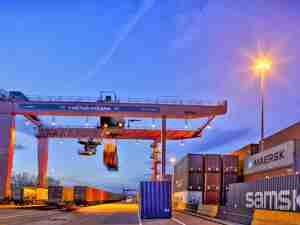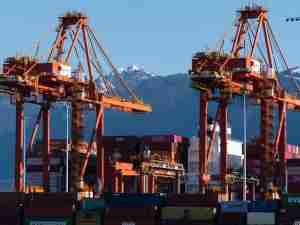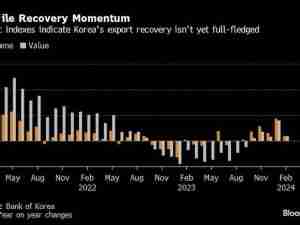Europe, famed for its delicious gouda, brie, and mozzarella, is facing shortfalls of milk. As a result, it’s buying up more U.S. cheese — the cheap, the processed kind.
Take the Netherlands, for example, whose imports of U.S. cheese skyrocketed according to the latest government data. They mostly bought commodity cheese, the kind used as slices atop burgers.
It’s all due to lower cheese prices in the U.S., which could be prompting the bigger purchases overseas, said Mary Keough Ledman, global strategist for dairy at Rabobank. Milk and cheese have become more expensive to produce pretty much everywhere around the world, especially in Europe.
First, drought and then Russia’s invasion of Ukraine pushed up the prices of corn, which led to higher charges for animal feed. The costs of labor, energy, and equipment have also been rising, leading to dwindling supplies of milk. Farmers in Europe have been particularly reluctant to expand production as they’re concerned about tightening environmental rules, said Nate Donnay, director of dairy market insight at StoneX Group Inc.
Europe imported 306 metric tons of cheese from the U.S. in February, more than three times as much as the average for the month over the last five years, according to trade data from the U.S. Census Bureau. The Netherlands, which has emerged as a major buyer, is home to a couple of big trading houses. Those traders might be importing for re-export all around the world, Donnay said, so there is no guarantee that the European buyers are eating the cheese.
Read More: Dairy semen sales tank in the latest sign of inflation
“Across our network, contacts continue to report robust export sales” in the U.S., Matt Gould, editor of the Dairy Market Analyst, said in a note. “We are still hearing stories about international customers reaching out to cheese and butter companies ‘for the first time’ — an outcome of tight milk supplies in Oceania and Europe.”
To be sure, U.S. cheese exports to the EU are still comparatively small. Exports have been less than 2,000 metric tons annually for several years, whereas EU annual cheese production exceeds 10 million metric tons.







